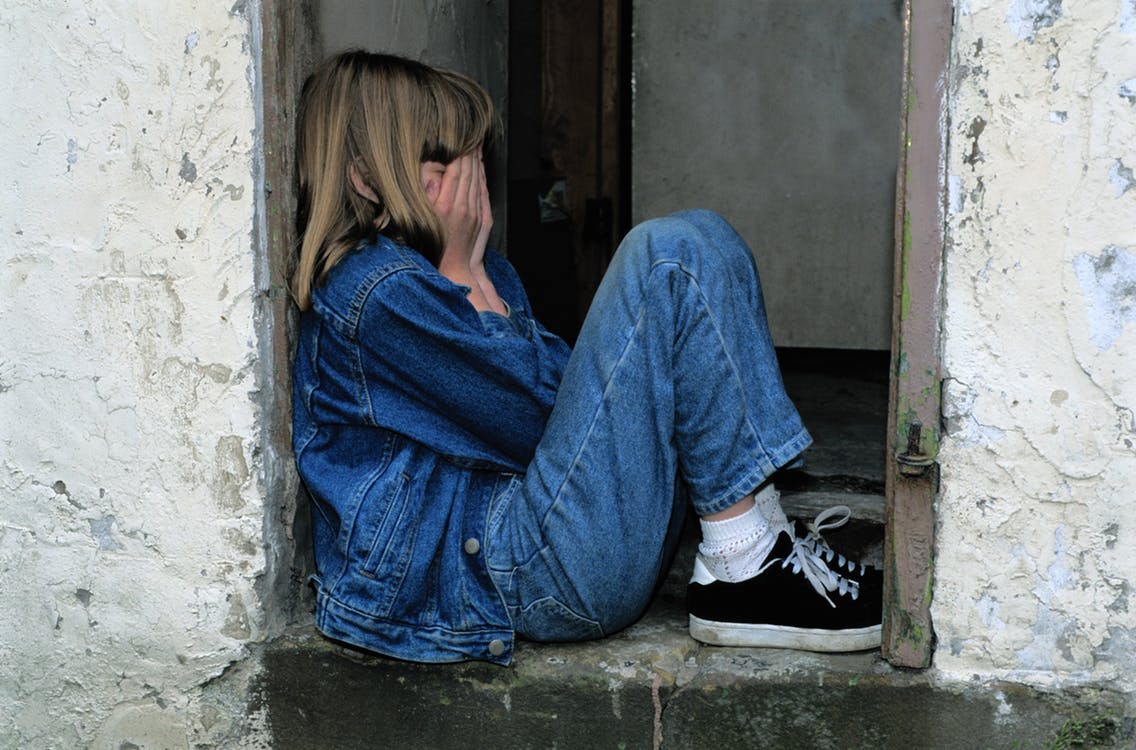When bipolar disorder affects kids and teens, it can devastate the family and result in lifelong challenges for the child, particularly if the condition goes untreated.
Fortunately, if parents or caregivers can recognize the signs and symptoms and seek professional help, the potential outcomes significantly improve. Having a comprehensive understanding of this mental disorder is important; however, it can manifest differently in kids and teens than in adults.
WHAT IS BIPOLAR DISORDER?
Bipolar disorder (BPD) is a serious, depression-related mental disorder. Previously known as manic depression, BPD is characterized by a series of recurring episodes of mania alternating with deep, pervasive depression.
The highs and lows of BPD are extreme, and they can prevent the sufferer from living a normal, healthy life.
In adults, the manic phase of BPD can last for a few days or weeks. It may involve behavior that appears elated or overly silly, a reduced need for sleep, increased energy, changes in speech patterns (speaking too fast, changing subjects), disregard of risk, grandiosity or the display of excessive self-esteem and hypersexuality.
The depressive phase, which can last for weeks or months, involves an extreme loss of energy, feelings of worthlessness, persistent irritation and sadness, difficulty sleeping or concentrating, and suicidal ideation.
HOW TO RECOGNIZE BIPOLAR DISORDER IN KIDS
Also known as juvenile or early-onset bipolar disorder, this form of BPD is believed to be different than the type that strikes adults and older teens. It is also believed to be more severe.
In children, BPD can take on an entirely different set of signs and symptoms than it does for adults or older teenagers. The manic phase is characterized by destructive outbursts and extreme irritability. The depressive phase typically involves the child reporting physical symptoms that may include headaches, tiredness, muscle aches and stomach discomfort.
Social isolation, unexplained crying, extreme sensitivity to criticism and an unwillingness to communicate are common signs of early-onset BPD. The child may threaten or attempt to run away from home. School performance degrades, and the child is frequently absent from school. Many BPD kids, although they can make friends, have trouble keeping them for long.
In extreme cases, the child may experiment with or abuse alcohol or other substances.
UNDERSTANDING ADOLESCENT BIPOLAR DISORDER
When BPD strikes in the “tween” or teenage years, it begins to look more like adult-onset bipolar disorder — at least in some ways.
In adolescents, BPD typically onsets near puberty. Symptoms are primarily characterized by rapid cycling among mania, depression and a mixed state. The signs resemble — and are often confused with — ADHD and conduct disorder.
If BPD strikes later in the teen years, it typically does so suddenly, with an extreme manic episode. Older teens tend to have long periods of stability in between episodes. Consequently, parents often misattribute the symptoms to hormonal changes or “normal teen” behavior.
The National Institute of Mental Health (NIMH) reports that bipolar disorder in children and teens is just as common as it is in adults, affecting approximately 1 percent of the population.
Unfortunately, this condition is often misdiagnosed as ADHD. But the typical medications used to treat ADHD can worsen BPD symptoms, particularly in the manic phase.
If you believe your child is depressed, or if your child exhibits extreme ADHD-type behaviors that are accompanied by excessive temper and mood swings, it’s critical that you take your child to a specialist who has experience treating BPD in children who can evaluate your concerns.
To learn more, visit NIMH’s helpful bipolar disorder resources page.






